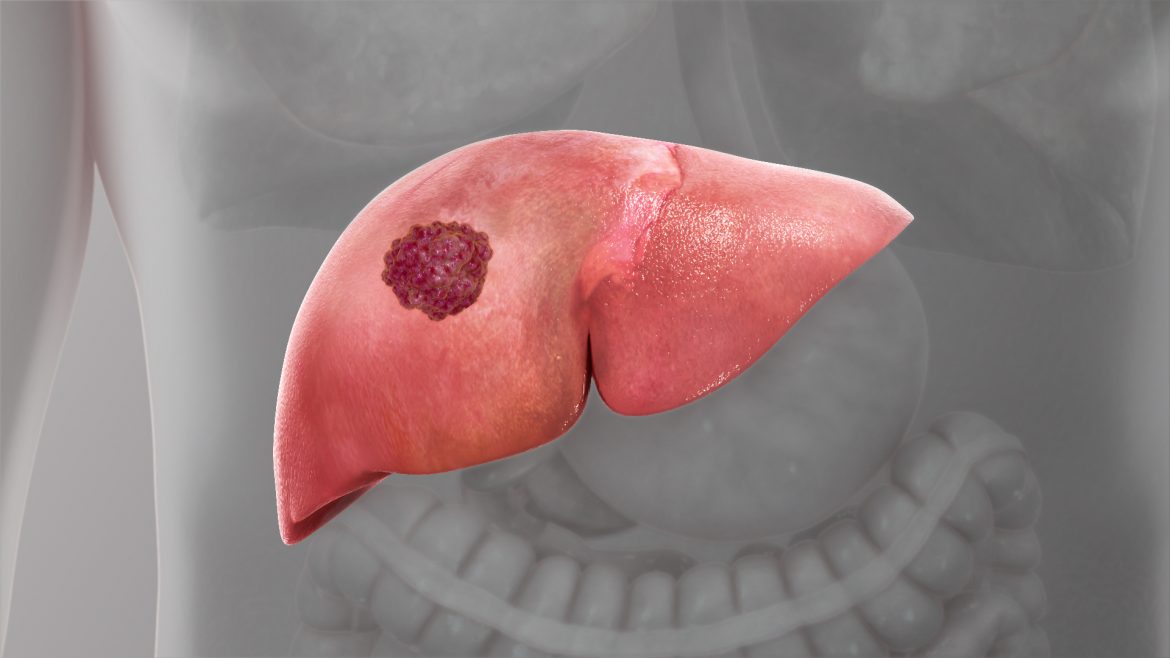According to a recent prediction, primary liver cancer was one of the top three causes of cancer mortality in 46 countries in 2020, and the number of primary liver cancer diagnoses and fatalities might climb by more than 55% every year by 2040.
In a recent article in the Elsevier-published Journal of Hepatology, researchers demand that measures to control the disease be given priority. Senior author Isabelle Soerjomataram, MD, PhD, International Agency for Research on Cancer (IARC/WHO), Cancer Surveillance Branch, Lyon, France, stated: “Liver cancer generates a large burden of disease globally each year.” Major risk factors for the disease include hepatitis B and C viruses, alcohol use, excess body weight, and metabolic diseases including type 2 diabetes. It is also completely preventable if control efforts are addressed.
“In light of the availability of new and improved global cancer incidence and mortality estimates, we wanted to provide the most up-to-date assessment of the burden of liver cancer and develop an essential tool for national liver cancer control planning,” explained lead author Harriet Rumgay, PhD candidate, International Agency for Research on Cancer (IARC/WHO), Cancer Surveillance Branch, Lyon, France. “In this analysis we describe where liver cancer ranks among all cancer types for cancer diagnoses and deaths in nations across the world. We also present predictions of the future liver cancer burden to 2040.”
Researchers took information on primary liver cancer cases and fatalities from the GLOBOCAN 2020 database of the International Agency for Research on Cancer, which generates estimates of cancer incidence and mortality for 36 cancer types in 185 nations worldwide. United Nations population forecasts were used to determine the projected change in the number of cancer cases or deaths by the year 2040.
According to the findings, 830,200 people worldwide would die from liver cancer in 2020, with an anticipated 905,700 more receiving liver cancer diagnoses. These statistics show that liver cancer is currently one of the top three cancer mortality causes in 46 nations and one of the top five cancer death causes in almost 100 nations, including numerous high-income nations.
Eastern Asia, Northern Africa, and South-Eastern Asia had the greatest incidence and fatality rates for liver cancer. If present rates do not change, researchers project that over the next 20 years, the number of new cases and fatalities from liver cancer will increase by more than 55% annually. The number of cases that are expected to increase will raise the demand for resources to manage patient care for liver cancer.
The discovery that liver cancer incidence and fatalities will keep rising year after year concerned the researchers. They warn that governments all over the world must achieve at least a 3% annual decline in liver cancer incidence and mortality rates through preventative efforts in order to avoid this increase in cases and deaths.
These figures give an overview of the global burden of liver cancer and show how vital it is to enhance and strengthen existing liver cancer preventive strategies.
According to Dr Soerjomataram, “we are at a turning point in liver cancer prevention as accomplishments in controlling the hepatitis B virus and hepatitis C virus will be reflected in rates of liver cancer in the next several decades. These measures need to be maintained and strengthened, particularly in light of the COVID-19 pandemic’s impact on some hepatitis B and C virus control initiatives.
The authors urge public health officials to strengthen current measures to prevent liver cancer, such as immunisation, testing, and treatment for hepatitis B virus; population-wide testing and treatment for hepatitis C virus, to prepare for the anticipated rise in demand for resources to manage the care of liver cancer patients throughout the cancer pathway, including improved access to palliative care due to the predicted growing number of liver cancer patients.
Without a significant reduction in liver cancer rates through primary prevention, Dr Soerjomataram warned that by 2040, “the number of people diagnosed with or dying from liver cancer annually could climb by over 500,000 cases or deaths.”
Also Read: Wear, tear from stress can increase risk of cancer mortality: Study





